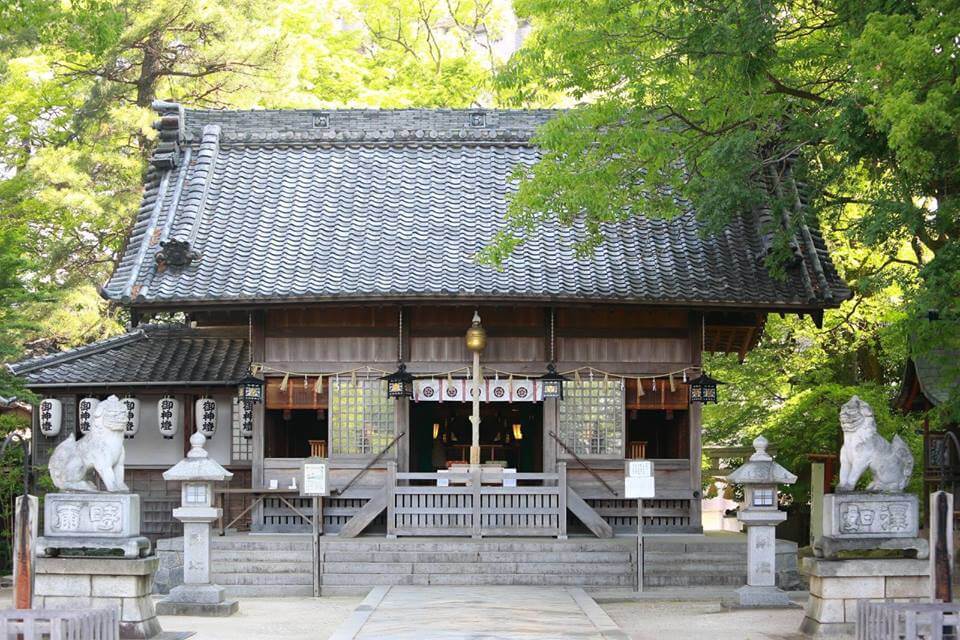In the year 110, the time of the 12th emperor Keiko, the emperor’s son, Yamato Takeru no Mikoto, headed East with an army to put down a rebellion. Mikoto made an arrow while he was standing on the grounds of where the Sugo Shrine is now located. Mikoto enshrined Amaterasu-Omikami with the arrow. Amaterasu-Omikami is an ancestor of all Japanese kami (deities) and her name means “shining in heaven.”
The Sugo Shrine is the oldest shrine in the city of Okazaki. The Sugo Shrine is one of the few lucky shrines to have had a relationship with the Matsudaira Clan, and therefore, was given a great deal of support by the Matsudaira family over several generations. For example, the first Matsudaira dynasty, Matsudaira Chikauji, and the 9th Matsudaira (Tokugawa) Ieaysu, both supported the shrine.,/p>
When Tokugawa Ieyasu was 25 years old, he held a ritual to protect, ward off misfortunes, and wish for good luck for the shrine. At the same time, he also donated several buildings to the shrine and expanded its property. This shrine was famous for being a guardian of Okazaki Castle, which is where Tokugawa Ieyasu lived.
The Sugo Festival, held at the Sugo Shrine, is a fireworks festival that was especially famous during the Edo period (1600-1868). The festival is still held every year and is very popular.



